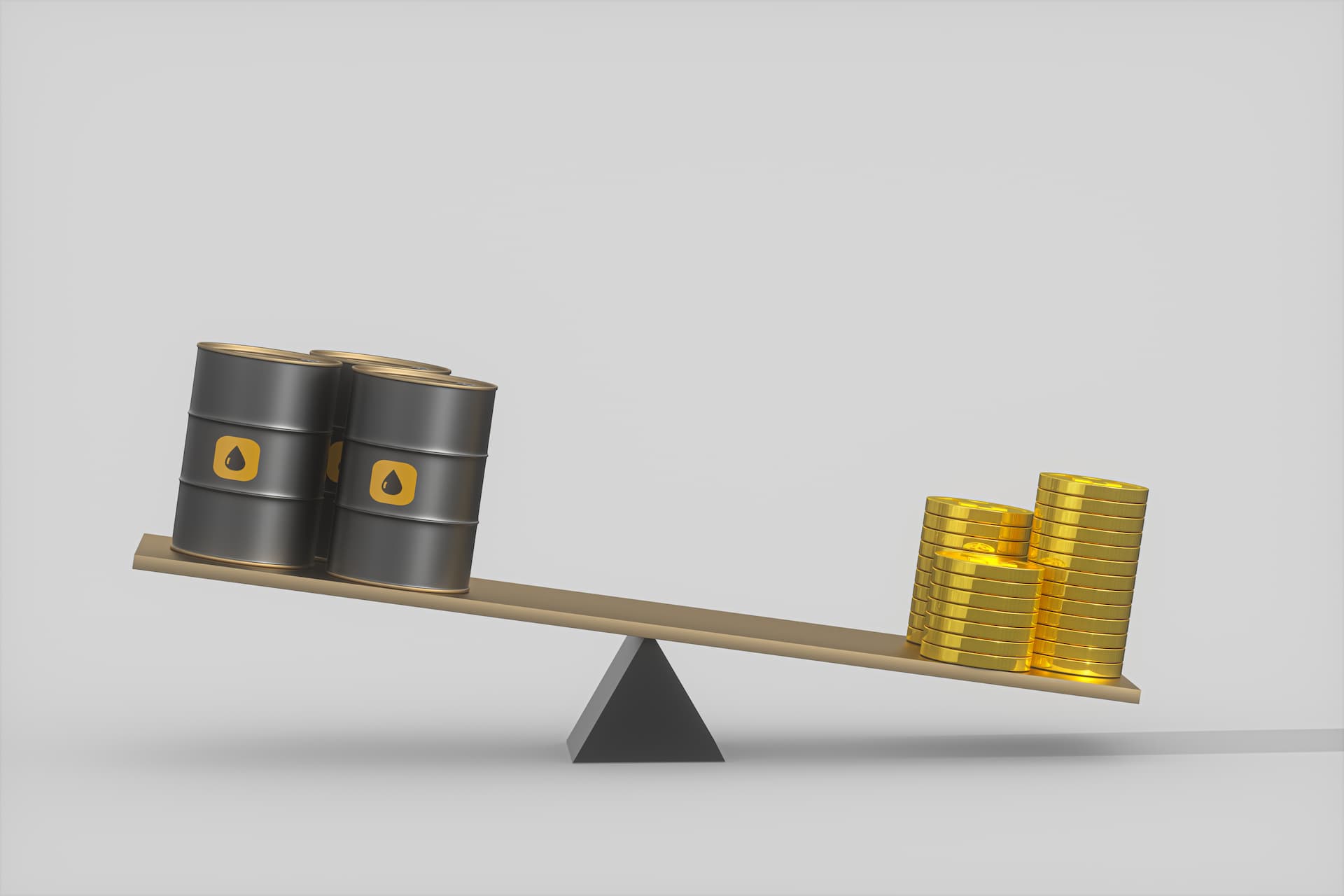How CFD Trading Works

Contracts for Difference (CFDs) are a popular trading instrument that allows traders to speculate on the price movements of various assets without owning the underlying asset. CFDs offer a flexible and dynamic approach to trading, enabling both long and short positions with leverage. Here’s an in-depth look at how CFD trading works:
1. Understanding CFDs
Contracts for Difference (CFDs) are derivative financial instruments that enable traders to speculate on price movements of underlying assets such as forex, stocks, commodities, and indices. Unlike traditional trading, CFD trading does not involve buying or selling the actual asset. Instead, it involves entering into a contract with a broker to exchange the difference in the price of an asset between the time the contract is opened and closed.
- Underlying Asset: This is the asset you are trading, such as a currency pair in forex trading or a stock in stock trading.
- Contract Terms: CFDs specify the opening price, closing price, and the contract size. The contract size represents the amount of the asset you are trading.
- Leverage: CFDs allow you to control a large position with a relatively small amount of capital. For instance, with a leverage ratio of 10:1, you only need $1,000 to control a $10,000 position. However, leverage can amplify both profits and losses.
2. Opening a CFD Position
To open a CFD position, follow these detailed steps:
- Select an Asset: Choose an asset you want to trade from various categories, including forex, stocks, commodities, and indices. Each asset class has its own characteristics and market behaviors.
- Analyze the Market: Use technical analysis, fundamental analysis, or a combination of both to make an informed decision. Technical analysis involves studying price charts and patterns, while fundamental analysis focuses on economic factors and news. For example, analyze economic indicators related to forex or corporate earnings reports for stocks.
- Decide on the Position: Based on your analysis, decide whether to open a "buy" (long) position if you expect the price to rise or a "sell" (short) position if you expect it to fall. Consider market trends and news that may impact the asset’s price.
- Specify Trade Size: Determine the number of CFD contracts to trade. The trade size affects your potential profit or loss. For instance, trading larger positions increases both potential gains and risks.
- Place the Trade: Execute the trade through your broker’s trading platform. Confirm the contract terms, including the asset, position size, and leverage. Monitor the trade execution to ensure it matches your expectations.
3. Managing Your CFD Position
Effective management of your CFD position is crucial for successful trading:
- Monitor the Market: Continuously track price movements, market trends, and news that could affect your position. Utilize tools like live charts and market analysis reports to stay informed. For instance, monitor forex news for currency pair movements or commodities prices for trading decisions.
- Adjust Orders: Implement stop-loss and take-profit orders to manage risk and lock in profits. A stop-loss order automatically closes your position if the market moves against you beyond a specified level. A take-profit order closes the position when a predetermined profit level is reached. Adjust these orders as market conditions change.
- Review Margin: Regularly check your margin levels to ensure compliance with your broker’s requirements. If your position incurs losses, you may receive a margin call requiring additional funds to maintain the position. Be proactive in managing margin to avoid forced closures of your trades.
4. Closing a CFD Position
To close a CFD position, follow these steps:
- Evaluate Current Price: Assess the current price of the underlying asset compared to the price at which you opened the position. Analyze whether closing the position aligns with your trading strategy and market conditions.
- Decide on Closure: Based on your evaluation, decide whether to close the position at the current price or adjust your stop-loss and take-profit levels. Consider factors such as market volatility and news events that may impact the asset’s price.
- Execute the Closure: Place an order to close the position. The profit or loss is calculated based on the difference between the opening and closing prices. For example, if you bought a CFD at $50 and sold it at $55, you realize a $5 profit per CFD.
5. Settlement
CFD trading is settled in cash, meaning there is no physical delivery of the underlying asset. The settlement involves transferring the profit or loss to your trading account based on the price difference between the entry and exit points of your position. This simplifies the trading process and allows for quick liquidation of positions.
Benefits of CFD Trading
- Leverage: Provides the ability to control a larger position with a smaller capital outlay. This can lead to increased potential returns but also higher risk.
- Diverse Markets: Offers access to a wide range of markets, including forex, stocks, commodities, and indices. This diversification allows for various trading opportunities and strategies.
- Flexibility: Enables trading on both rising and falling markets, enhancing trading strategies. You can take advantage of market movements regardless of the direction.
Risks of CFD Trading
- Leverage Risks: High leverage can amplify losses, potentially exceeding the initial investment. It’s crucial to manage leverage carefully and be aware of the potential for significant losses.
- Market Risks: Price movements can be volatile and unpredictable. Market conditions can change rapidly, leading to substantial losses if not properly managed.
- Counterparty Risks: CFD trading involves reliance on the broker, introducing the risk that the broker may not fulfill the contract. Ensure that you choose a regulated and reputable broker to mitigate this risk.
Getting Started with CFD Trading
- Choose a Broker: Select a reputable broker with competitive spreads, advanced trading platforms, and access to a wide range of markets. Ensure the broker is regulated to provide security and reliability. For example, consider the offerings of 24markets for comprehensive CFD trading options.
- Open an Account: Complete the account registration process, provide necessary documentation, and fund your trading account. Ensure that your account type aligns with your trading needs and strategies.
- Practice with a Demo Account: Use a demo account to practice CFD trading without risking real money. This helps you familiarize yourself with the trading platform and develop your trading skills.
- Develop a Trading Strategy: Create a trading plan that includes your goals, strategies, and risk management techniques. Define your approach to market analysis, position sizing, and trade management.
- Stay Updated: Keep up with market news and trends to make informed trading decisions. For the latest updates and market information, visit 24markets for resources and insights.
Tags Directory
View AllLatest
View All
September 9, 2024
4 min
ETF Trading Strategies - 24markets.com

September 9, 2024
6 min
Building Confidence as a Trader - 24markets

September 9, 2024
3 min
Trading Strategies for Bonds

September 9, 2024
4 min
What is Position Sizing? - 24markets
Content
- - Understanding CFDs
- - Opening a CFD Position
- - Managing Your CFD Position
- - Closing a CFD Position
- - Settlement





